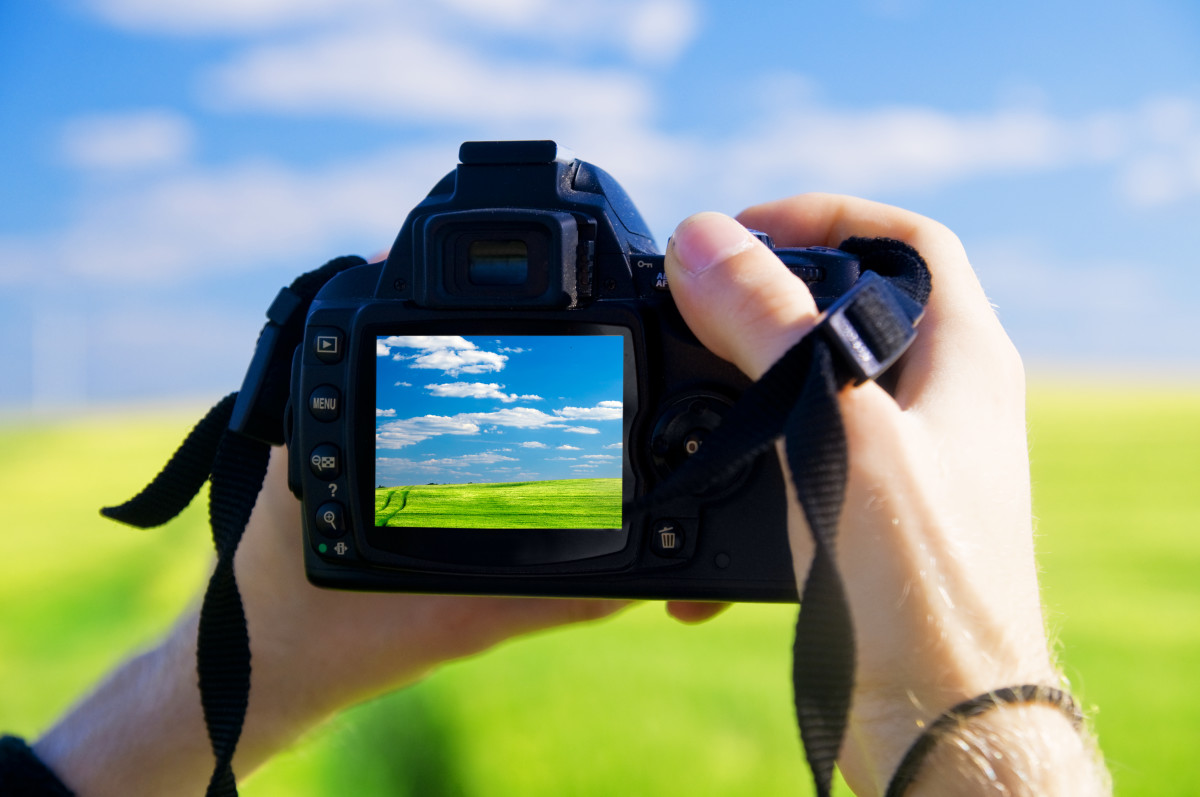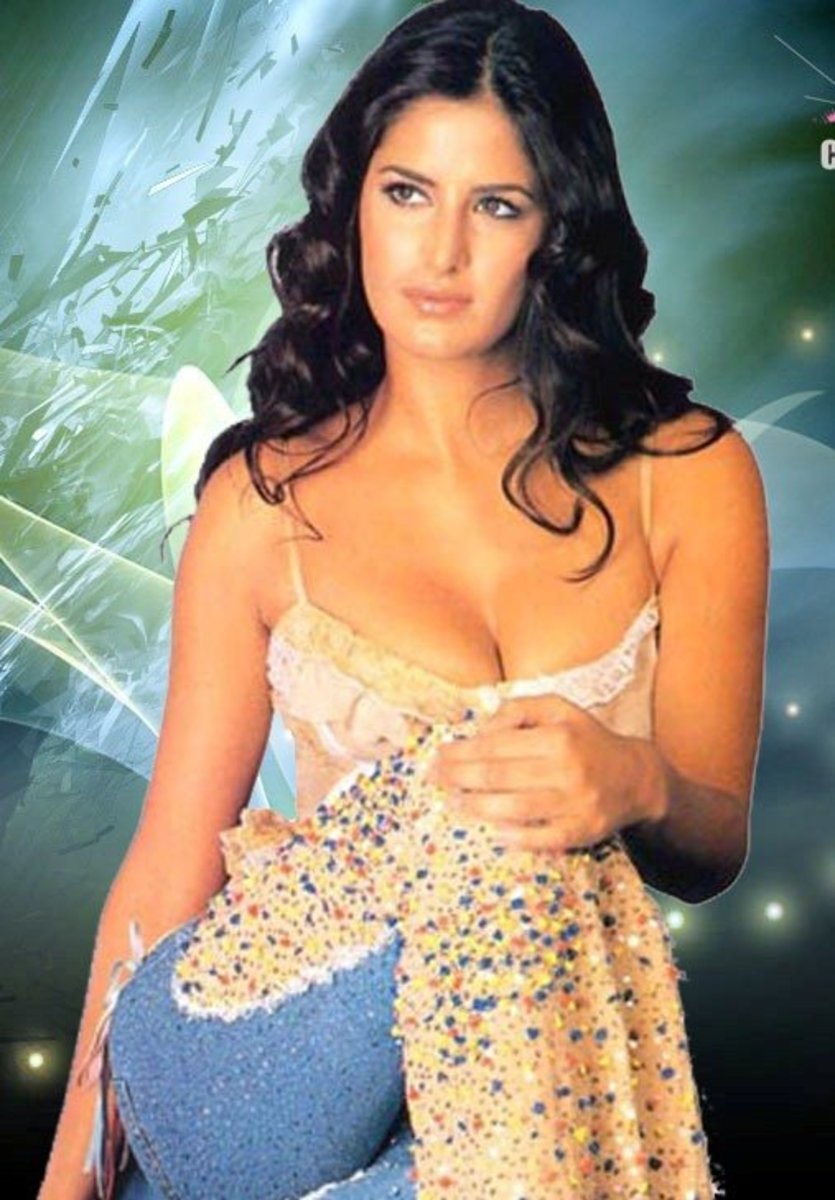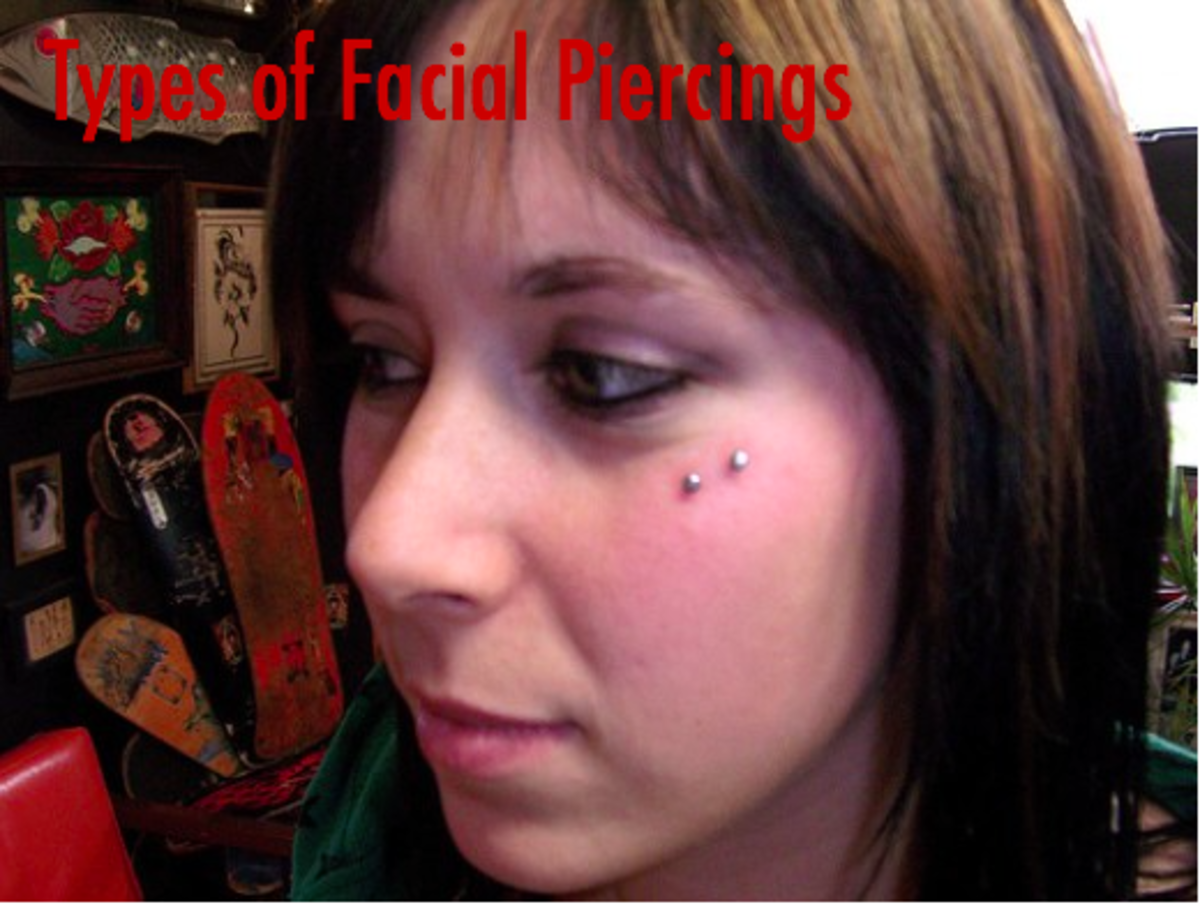Photographing Fine Miniature Art
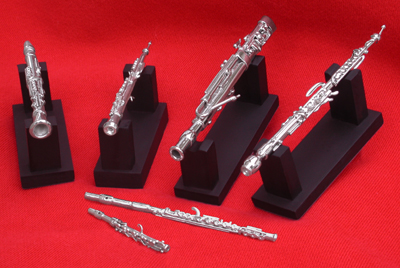
Photographing miniatures opens up an entire new world of photography and new techniques. It can also expose you to an almost surreal world within the arts. Your goal is to find art work that is done in miniaturized form. There are many forms of art that is done in the smallest of formats on the smallest of subjects.
Art can be done by those with the skills and the patience on things as small as matches and even on grains of rice. Although it may take these individuals many years to perfect their techniques what they produce is not only exceptional but beautiful and one cannot help but wonder the skills that it takes for these individuals to accomplish what they do.
For this theme you will need several pieces of equipment such as a macro ready lens or filter, a tripod, a flash ring and a remote shutter triggering device. Movement that causes blur is the downfall of the entire theme, so it has to be avoided at all costs since even the sightless movement such as that caused when one depresses the shutter and the internal movements of the camera can cause.
Once you have all of the required gear in place your next step will be to look for suitable subjects and these can very hard to come by. Often your best bet is to advertise in local media for those that collect them or specialize in making them and ask to be allowed to record their images.
Look for the out of the ordinary samples that are truly considered not only miniatures, but works of art too. One of the easiest ways to find out the locations of the subjects and view samples that are worthy of having their photos taken is to do an Internet research. Some museums also have miniature pieces but photographing these with gear in hand is unlikely to happen as most rarely give permission for such things.
Some antique shops and curious stores have miniatures in hand and photographing them should not be so difficult if you secure permission from the owners of such locations with the caveats that you will provide them with copies of the images.
Once you are ready to record images, select a location that grants you clear access from all angles. You will also need to photograph at eye level and with no distracting backgrounds, although a macro lens will render anything away from the main subject as a blur, it is better if this blur is a monochrome, with a solid bright color that adds to the scene being much better than lighter ones. Reds and blacks work better than most other colors.
Also consider using something for scale such as a penny or very small coin or any other such item placed next to the subject for an audience to gauge the relative size of the art work, unless the subject is redundantly clear as to what it is, such as the eye of a needle.
If your miniature subjects are enclosed in glass then you will need to get the lens front element as close to the glass as possible to prevent any reflection from being recorded onto the film or the digital sensor.
This project is better done in a digital format because it allows you to view the shot on the spot and in case you cannot return at later time to photograph the subjects again in the event that the images were not to your satisfaction.
Digital also has one big advantage over traditional film, although like myself many professionals still use positive film, that is that when doing enlargements most pro labs can add pixels that are lost during the enlargement process thus the images can be made much larger than when using film.
However, these same labs can also transfer your film images onto a digital format and the process can then be done as if you had started with digital from the beginning. Be aware that even with today's technological advances in digital photography, the best digital camera can only achieve no more than 20 megapixels and with a cost of around $9000.00 while most positive films have an equivalent of 20 or more megapixels.
"A 36 mm x 24 mm frame of ISO 100-speed film was initially estimated to contain the equivalent of 20 million pixels,...A medium format film image can record an equivalent of approximately 50 megapixels, while large format films can record around 200 megapixels (4 × 5 inch) which equates to around 800 megapixels on the largest common film format, 8 × 10 inches, without accounting for lens sharpness.[8] A medium format DSLR provides from 42 to 50 megapixels, but cannot be enlarged with the same level of detail as medium format film." Wikipedia
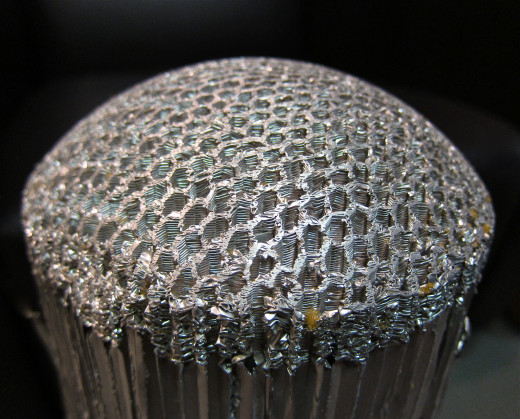
The majority of these images, assuming they are technically perfect, can be displayed at many fine art galleries and used by most photography publications as well as by specialized publications.
These can also be submitted to photographic stock houses, used by greeting card publications and sold as individual prints on a one to one basis.
Regardless of whether your images are commercially viable or not, the projects allows one yet another opportunity of practicing the art and honing one's skills.
Finally, this particular photographic endeavor is not photographing just miniatures like toys, or other artifacts. The project's main focus is to record images of art pieces in a miniaturized form.
These are harder to find, are done by an artist, instead of a machine and are usually more expensive and elaborate than any other plain miniature.
Therefore,learn to appreciate your subject matter and be very diligent with their handling.
© 2011 Luis E Gonzalez




